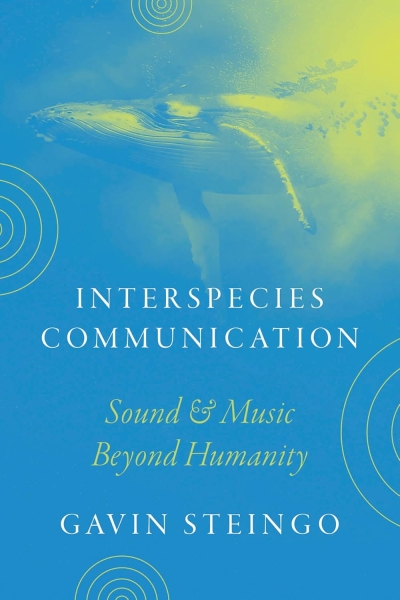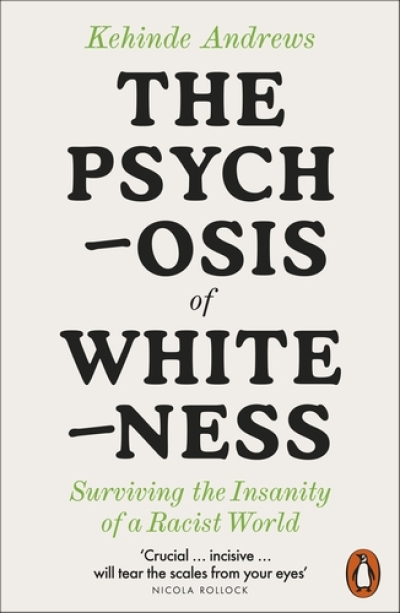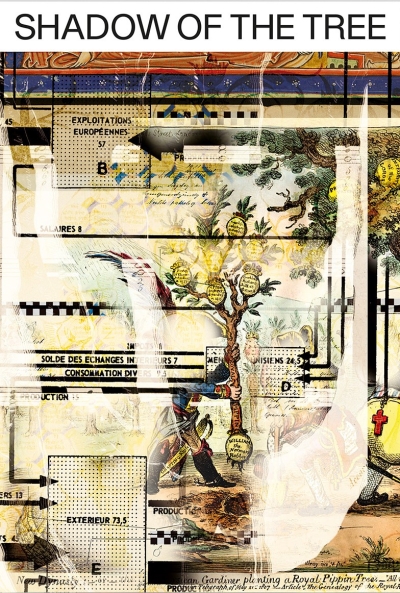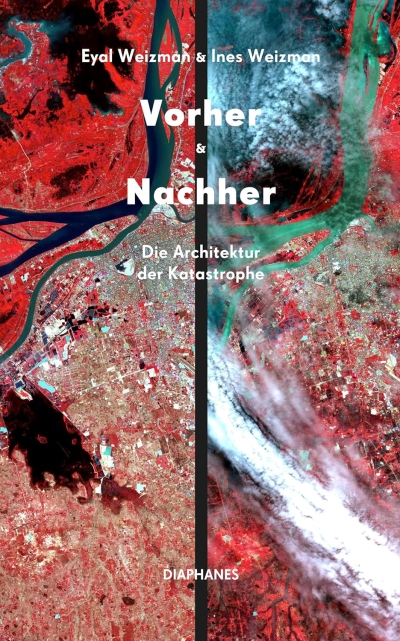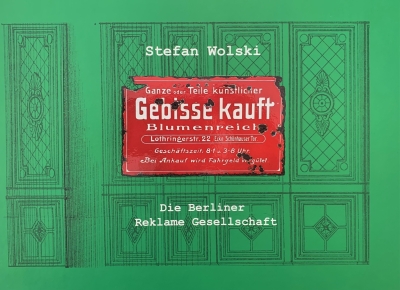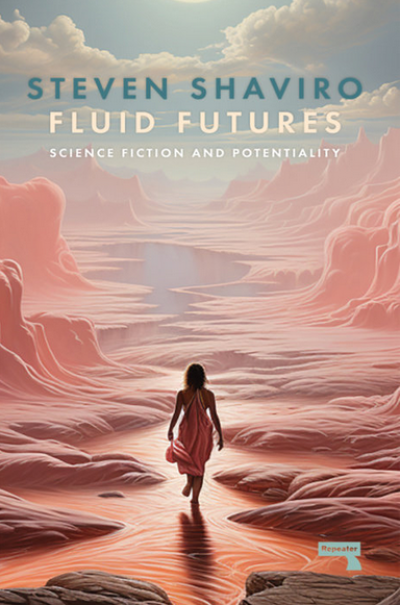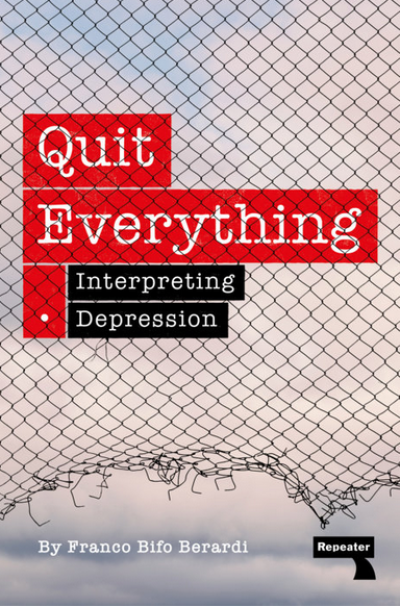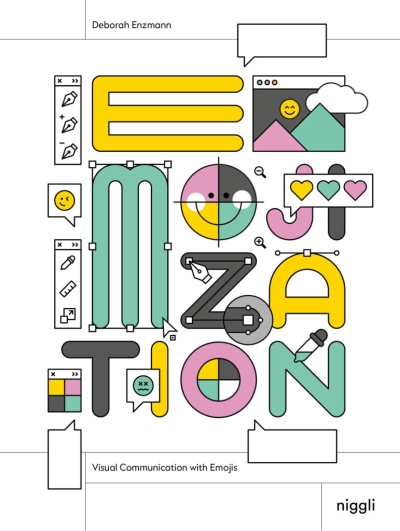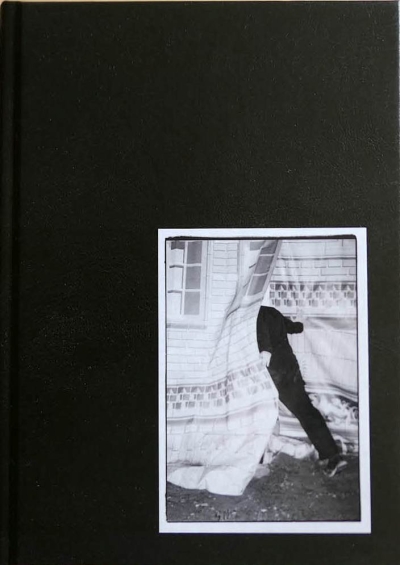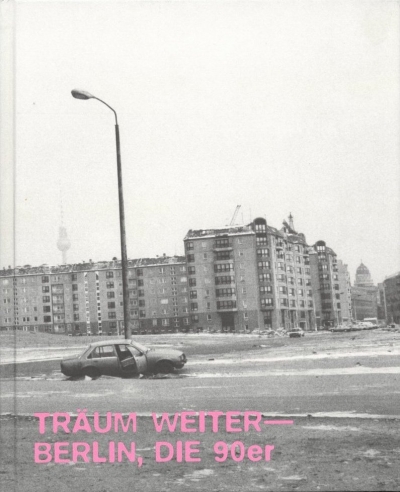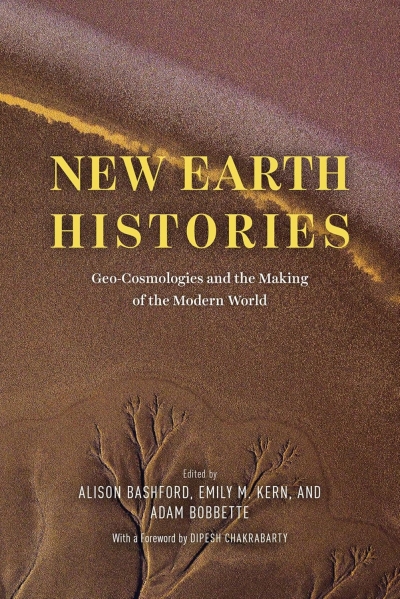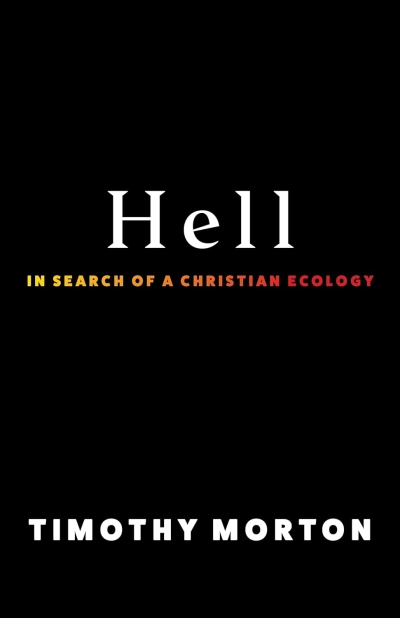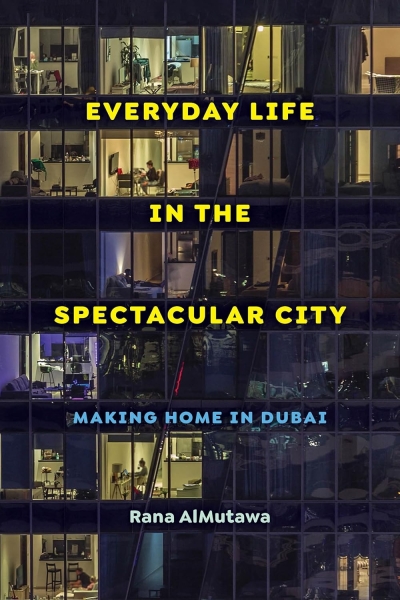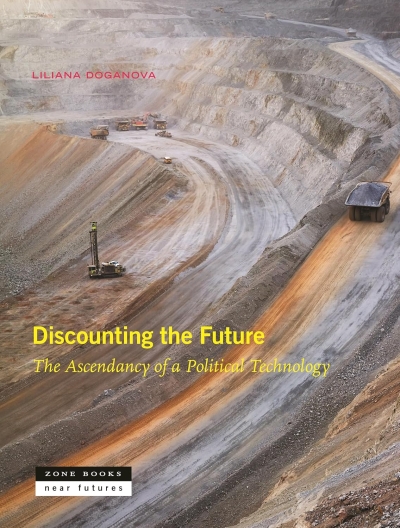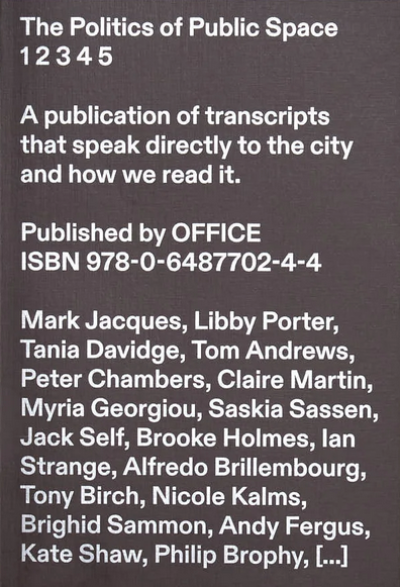
Red Africa. Affective Communities and the Cold War
It is now almost 25 years since the fall of the Berlin Wall, the fragmentation of the Soviet Union into a series of republics and the rejection of communist politics in much of the former Eastern Bloc. Seen by many as a victory for the capitalist West over the communist East, the geopolitics of this period was far more complicated than this. Across a series of essays and artist contributions, Red Africa explores the crosscurrents of international solidarity and friendship. The aesthetic experience of the works and the exhibition is also an invitation for the visitor to explore what Leila Ghandi and others have described as a politics of “affective community”.
Red Africa is the culmination of a two-year research programme and exhibition project at Calvert 22 (London, UK) and Iwalewahaus (Bayreuth, Germany). This traced the work of African artists and filmmakers who studied in the Soviet Union and Eastern Bloc under free education schemes originally offered under the Third International , discontinued during Stalin’s reign then brought back during Khruschev’s ‘thaw’. Connections were particularly strong with countries such as Mozambique, Ghana, Ethiopia and Angola that were conducting liberation struggles or which, post-independence, were part of the Non-Aligned Movement which held its first Summit conference in Belgrade in 1961.
Red Africa is beautifully illustrated with film stills, artworks and archival images drawing on the extensive research of the contributing artists, researchers and curators.
Contributors include Onejoon Che, Radovan Cukic and Ivan Manojlovic, Ros Gray, Ana Balona de Oliveira, Burt Cesar, Filipa César, Angela Ferreira, Yevgenyi Fiks, Kiluanji Kia Henda, Isaac Julien, Alexander Markov, Jo Ratcliffe, Polly Savage, Nadine Siegert, Manuela Ribeiro Sanches, The Travelling Communique Group, Milica Tomic, Tonel and Vanessa Vasic-Janekovic.
